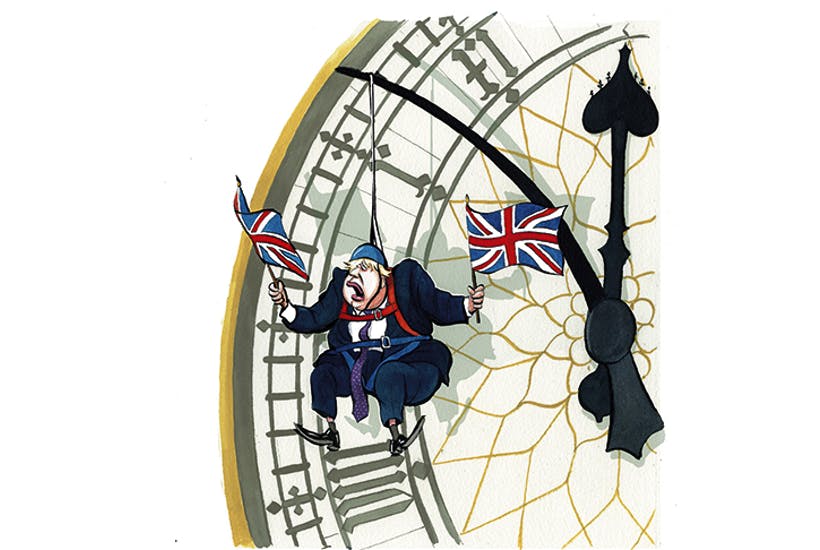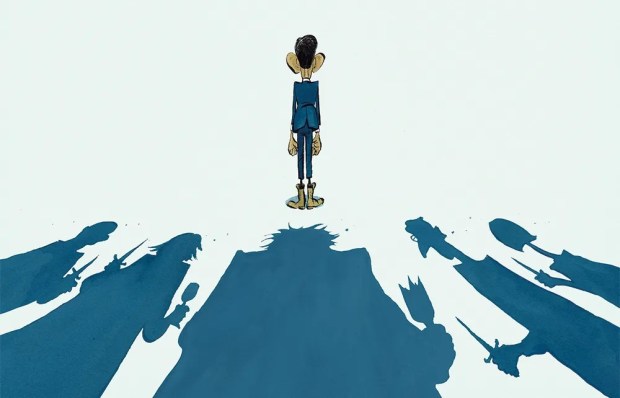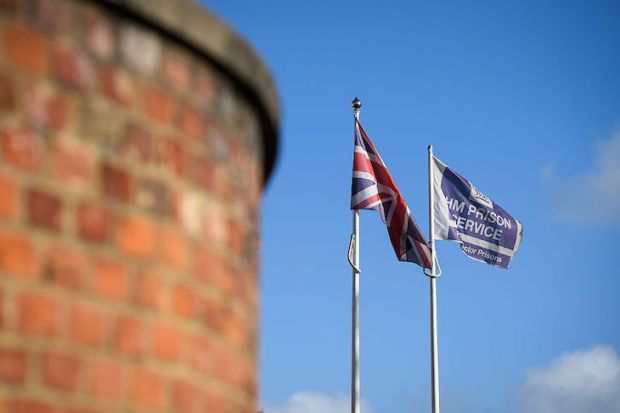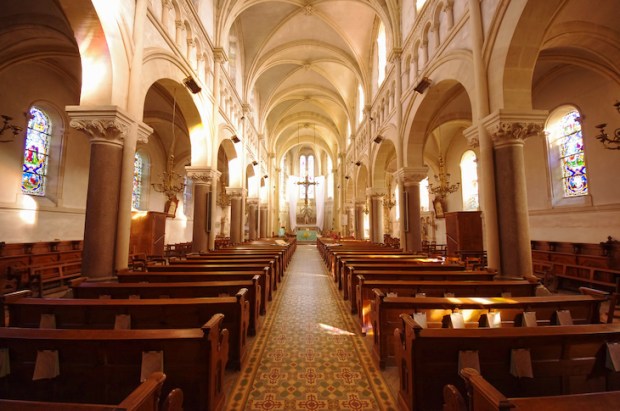In next week’s election, it feels like if voters had the choice they would elect a Conservative president and a centre-left parliament. Denied that choice they are muddling their way to a conclusion. But what will they decide?
Firstly, it’s worth remembering that Corbynomics is popular. YouGov generically polled Labour policies and they were popular. But being likeable or popular is different to being credible or possible. Corbynomics has been partially neutralised by the Tories shifting sharply to the left on economics.
Secondly, Boris Johnson’s favourability ratings have endured against Corbyn in a way that Theresa May’s did not. Last week, we reached an interesting cross-over point where the Tory campaign is doing better versus Labour for the first time than when compared to its lead over Labour during the 2017 campaign.
That said Labour’s manifesto hasn’t lit the red touch paper as it did in 2017. Back then, tuition fees was an issue that cut right to the heart of intergenerational fairness. Free train tickets, Wi-Fi and a four-day week is what you expect if you work at Google, not as government policy.
Thirdly, the critical thing about the Red Wall, which the Tories hope to surmount, is how big an area it covers. It’s a very large universe of addressable gains the Tories could make, meaning the Tory campaign only has to be partly-successful to win enough seats. You can miss out on Workington if you win Leigh.
Fourthly, many of the assumed double-digit losses that the Tories would endure don’t look so certain now. There are positive noises for the Tories from liberal heartlands (bar Richmond) and Scotland. The bar for Conservative majority Government has been lowered significantly without many people noticing.
Fifthly, the Brexit party are still a force and simply haven’t been squeezed as Ukip were in 2017 (at 1.5 per cent). BXP poll at four per cent. Actually this means that Nigel Farage’s party are floating at eight per cent in the seats that they are standing in. There’s a potential last-minute squeeze available to the Tories there.
Sixthly, the Liberal Democrat percentage has collapsed from the mid twenties but it remains at 13-15 per cent. This has arrested Labour’s rise. Key questions remain on how this yellow block casts its vote in the 95 per cent of seats that are not likely to be liberal gains. The same goes for the four per cent of Green supporters. A squeeze of Labour voters is also possible here.
Finally, let’s remember that the gap between a hung parliament and a landslide is very, very small. I think this is now appreciated. As a result, the caginess of commentators reflects the data, not a lack of confidence or expertise.
No clear answers but lots of interesting questions. Only time will tell.
James Kanagasooriam is partner at Hanbury Strategy. He previously helped run the data strategy for the Scottish Conservatives 2015-17
Got something to add? Join the discussion and comment below.
Get 10 issues for just $10
Subscribe to The Spectator Australia today for the next 10 magazine issues, plus full online access, for just $10.




















Comments
Don't miss out
Join the conversation with other Spectator Australia readers. Subscribe to leave a comment.
SUBSCRIBEAlready a subscriber? Log in